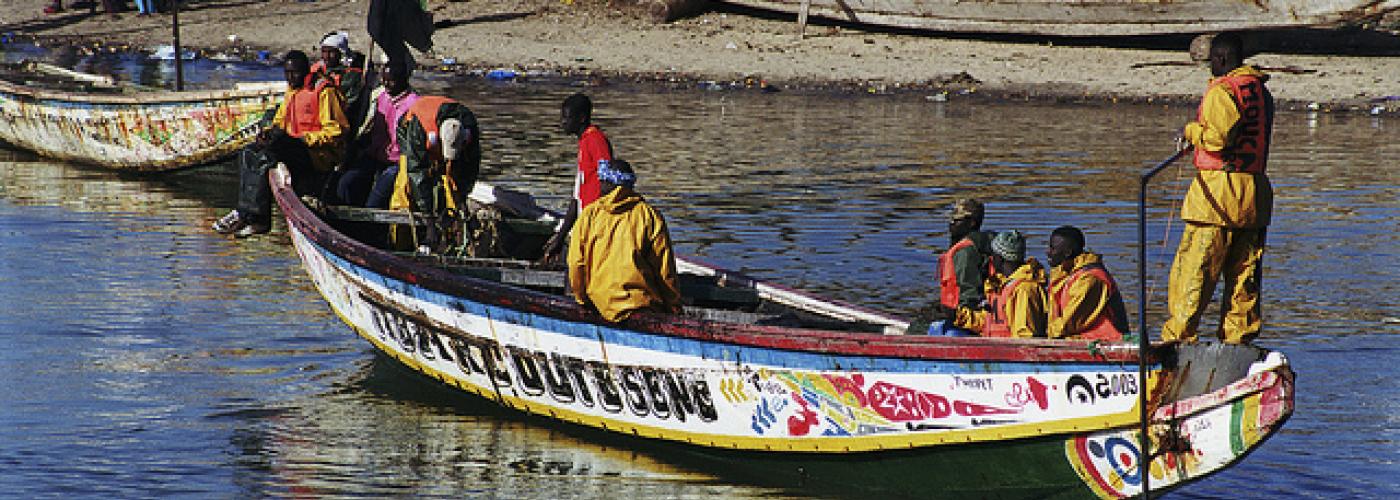Piecing Together the Poverty Puzzle
Image

The 2018 Poverty and Shared Prosperity report, Piecing Together the Poverty Puzzle, was published by the World Bank Group. This report documents the path to ending poverty and promoting economic growth.
You can access and download the full 2018 Poverty and Shared Prosperity report on the World Bank's website.
Forward by World Bank Group President Jim Yong Kim.
Five years ago, the World Bank Group set two overarching goals: to end extreme poverty by 2030, and to promote shared prosperity by boosting the incomes of the bottom 40 percent of the population in each country.
As this year’s Poverty and Shared Prosperity report documents, the world continues to make progress toward eliminating poverty. In 2015, approximately one-tenth of the world’s population lived in extreme poverty—the lowest poverty rate in recorded history. This is an impressive achievement, considering that in 1990, more than a third of people on earth lived in extreme poverty. Since we last reported on global poverty two years ago, the number of poor has diminished by 68 million.
But we cannot take success for granted. Poverty is on the rise in several countries in Sub-Saharan Africa, as well as in fragile and conflict-affected situations. In many countries, the bottom 40 percent of the population is getting left behind; in some countries, the living standard of the poorest 40 percent is actually declining. To reach our goal of bringing extreme poverty below 3 percent by 2030, the world’s poorest countries must grow at a rate that far surpasses their historical experience. There is no room for complacency. We must intensify the effort to promote economic growth in the lagging countries and ensure that the poorest 40 percent of the population benefits more from economic progress.
Reducing extreme poverty to less than 3 percent by 2030 remains a considerable challenge, and it will continue to be our focus. At the same time, most of the world’s poor now live in middle-income countries, and our research indicates that those countries tend to have a more demanding view of poverty. Drawing on national poverty lines, we now also report poverty rates at two higher thresholds—$3.20 per day and $5.50 per day—which are typical of standards in lower- and upper-middle-income countries.
These thresholds are a recognition that the concept of poverty itself is dependent on one’s social circumstances. What is a luxury in one society could be a necessity in another. Even if minimum physical needs are met, people cannot be said to lead flourishing lives if they are not able to conduct themselves with dignity in the society in which they live. The societal poverty rate presented in this report gauges people’s well-being by the standard of their surroundings.
Poverty encompasses a shortfall in income and consumption, but also low educational achievement, poor health and nutritional outcomes, lack of access to basic services, and a hazardous living environment. If we hope to tackle poverty “in all its forms everywhere” as the Sustainable Development Goals call for, we must understand and measure poverty in all of its manifestations. This report presents results of the World Bank’s first exercise in multidimensional global poverty measurement to account for multiple and overlapping components of poverty.
Traditionally, poverty is measured at the household level, but because there is inequality within households, there are undoubtedly people living in poverty within nonpoor households. Current data and methods do not permit us to account for inequality within households in most countries, so a chapter of the report examines select country studies where this accounting is possible, and it describes how it affects the profile of poverty, including by gender and age. The twin goals of ending extreme poverty and boosting shared prosperity will continue to guide our work. The new suite of poverty lines and measures broadens our conception of poverty. As this report shows, taking such an expansive view only reinforces how far we still need to go to rid the world of poverty in all of its dimensions.

